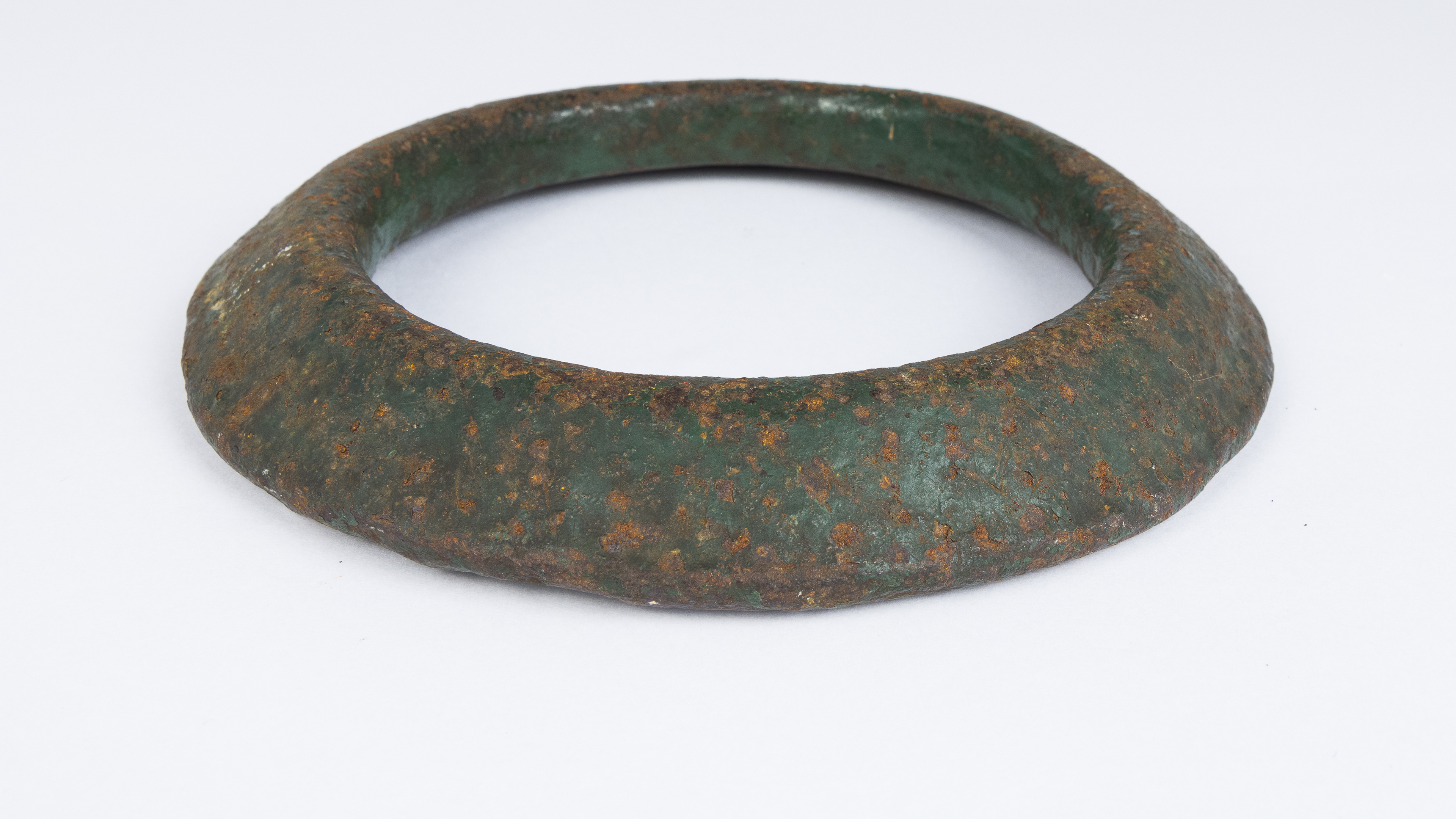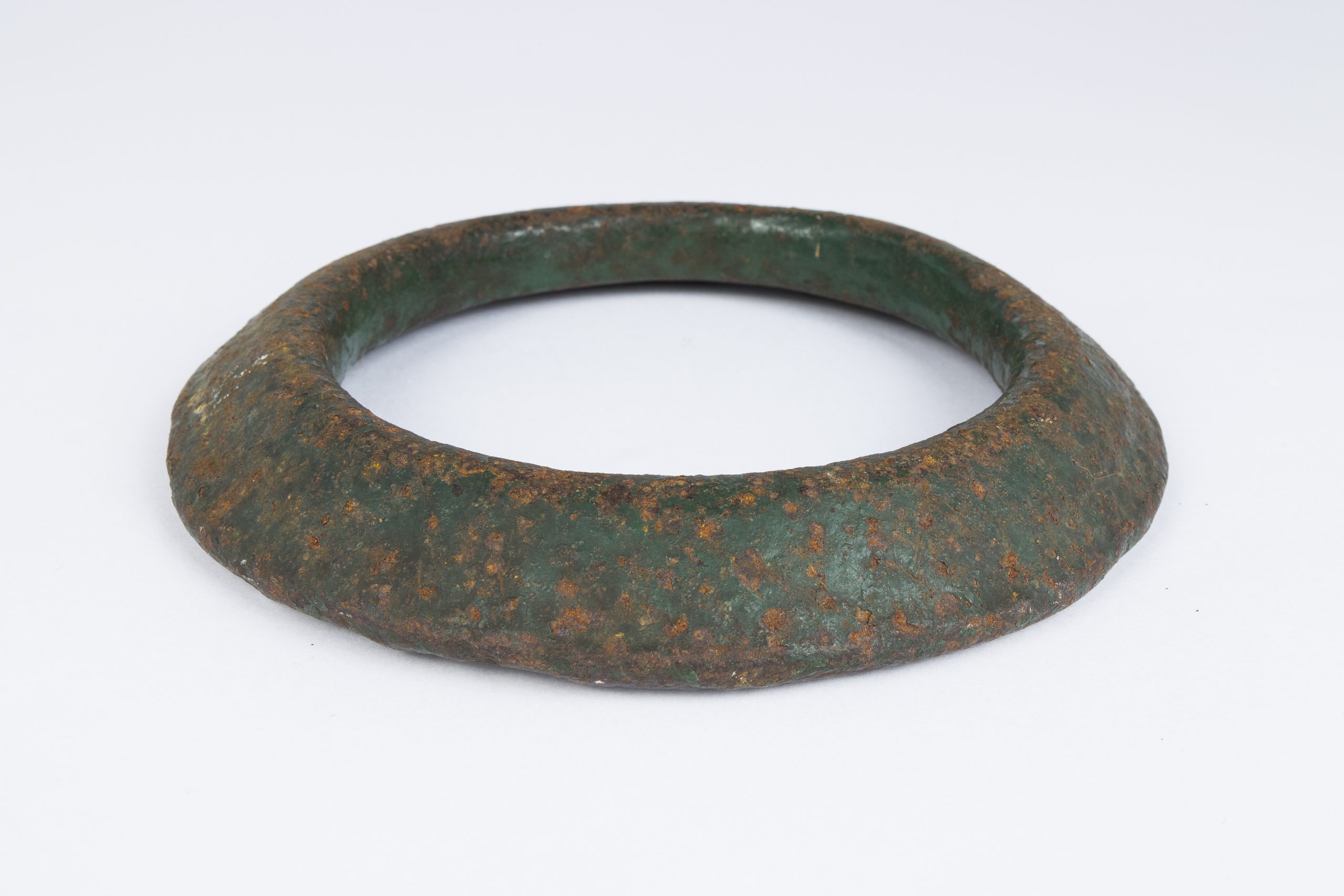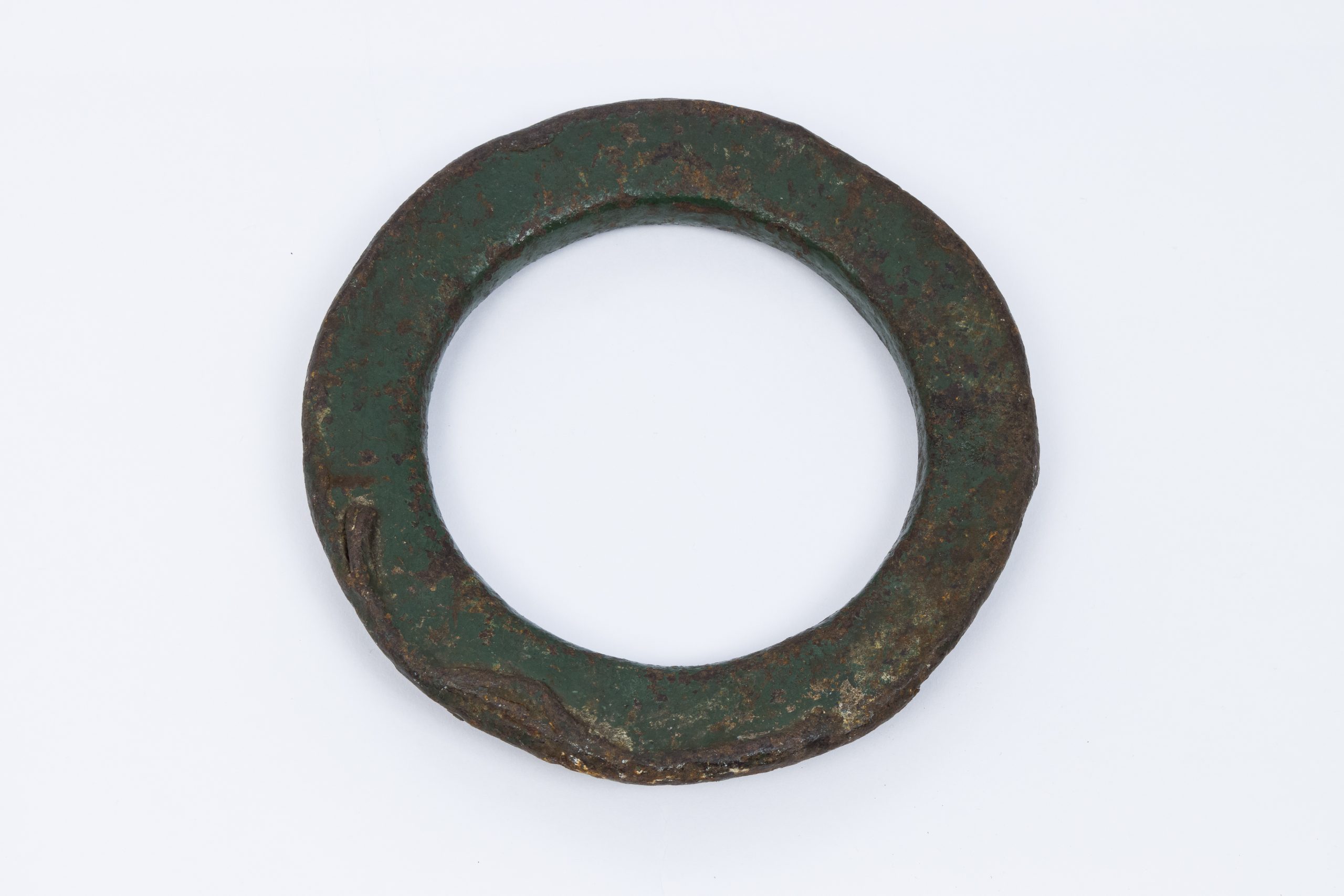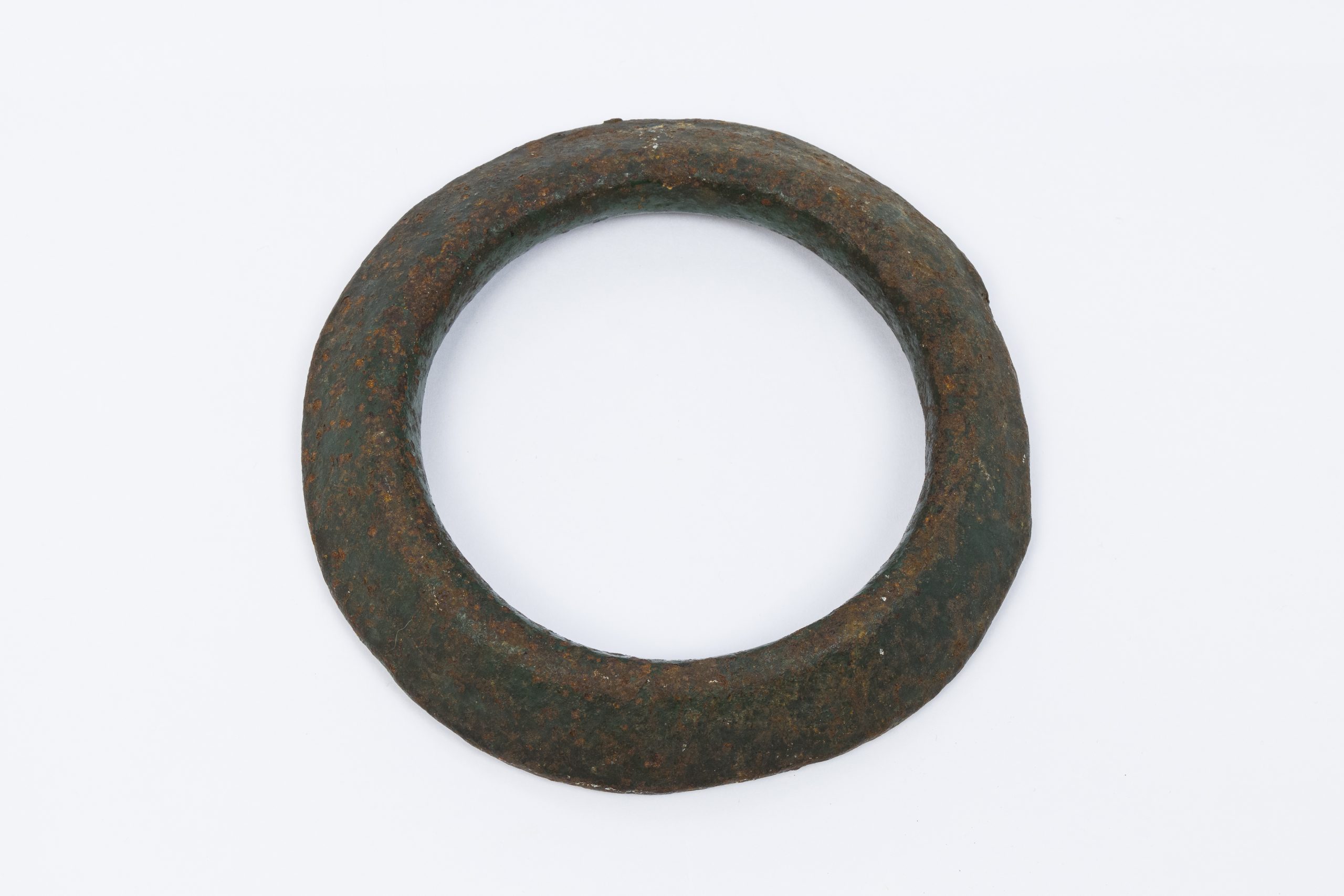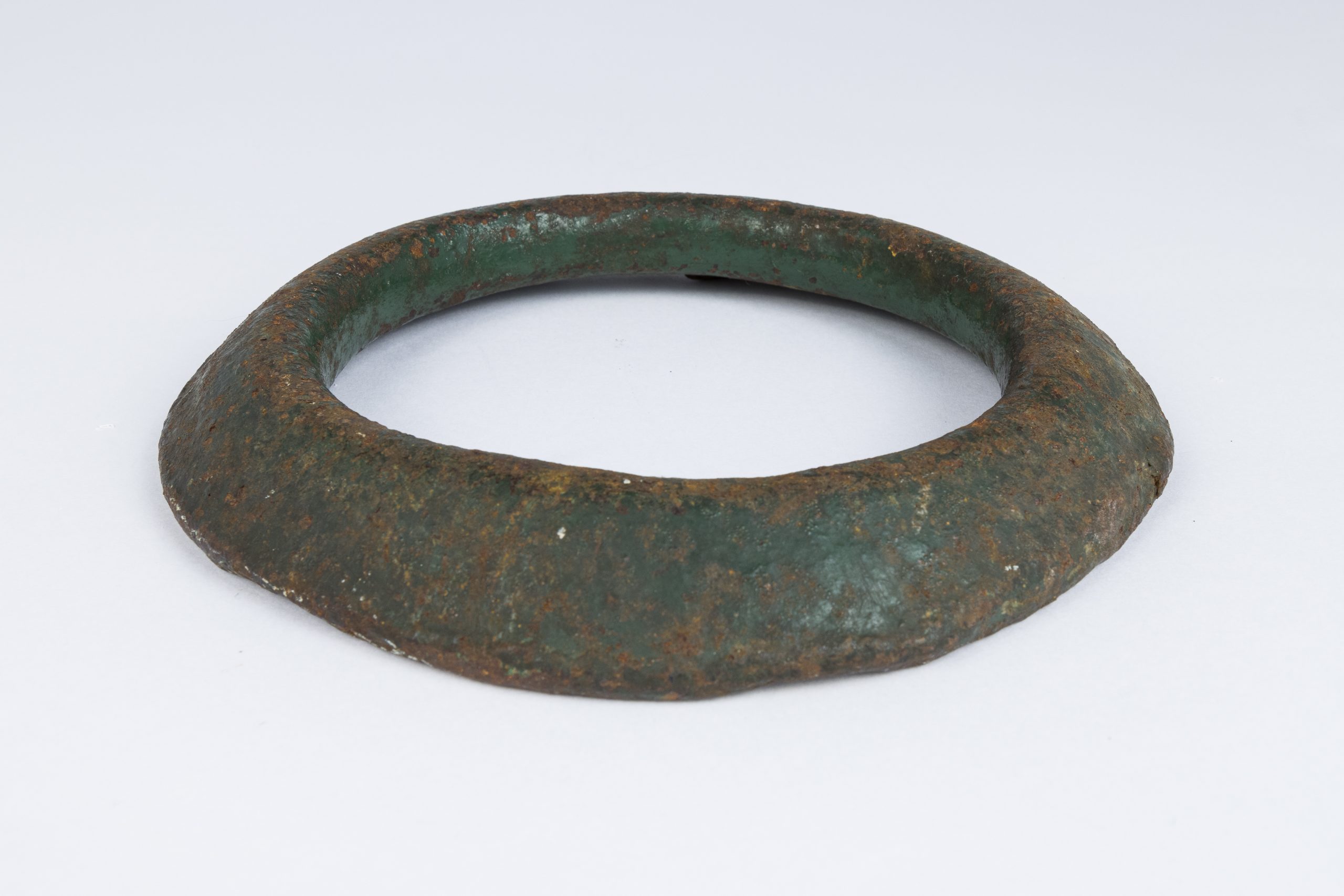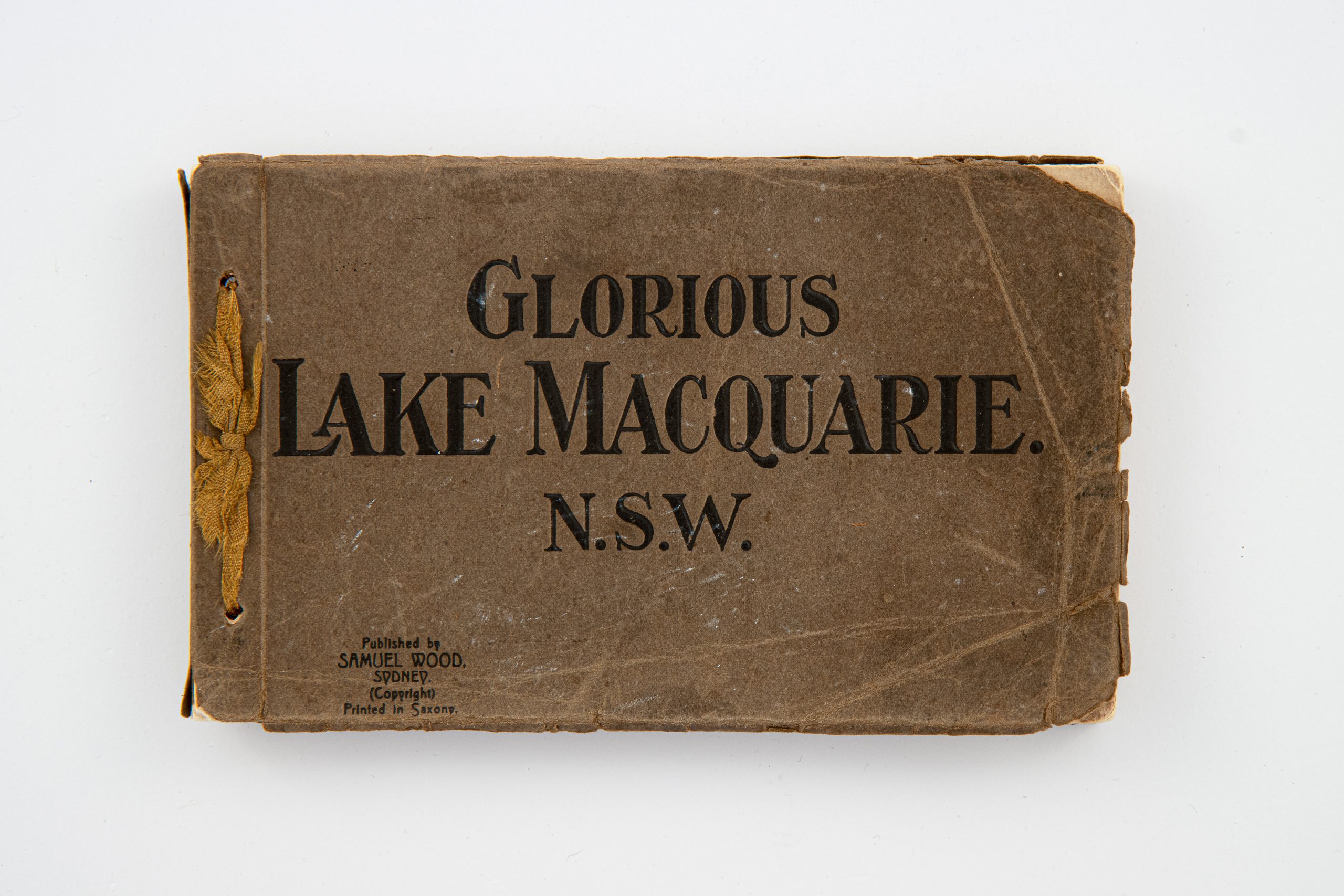Clay-End Quoits and Pay-Day Saturday
Who Was The Real Winner
Although this object may look like a giant’s bangle it is in fact an integral part of the mostly forgotten game of clay–end quoits which dates back to the 14th century and was most closely associated with mining regions. The game involved the throwing of metal rings, the quoits, up and down a pitch with target pins embedded in clay at either end. The quoits themselves were usually made from poor-quality left over iron from the local forge. Until WWII it was very popular and highly competitive in the mining communities of the Hunter Valley of NSW but post–war was supplanted by lawn bowls.
The game had a number of forms based around the length of the pitch, the weight and diameter of the quoit, and whether the pin was embedded in, or above the clay. Most games were held in the local hotel with the Dudley Ocean View Hotel boasting a specially made pitch. Entry fees were charged and prize money ranged from silver cups and up to £10 in cash with many competitions advertised for ‘Pay-Day Saturday’.
Few competitions were played during WWI but increased post–war with the ‘Champions of the North’ playing for a £25 trophy in 1924. The latter years of the 1920s witnessed another decline in competitions but the early 1930s saw competitions proliferate again especially in Dudley. It may be that this increase was a reaction to the desperate economic conditions and the competition presented players with a chance of winning some money or a way of passing time during a period of unemployment. Whatever the motivation the hotels which hosted the matches along with ‘Plenty Beer and Refreshments’ may have been the biggest winners.


